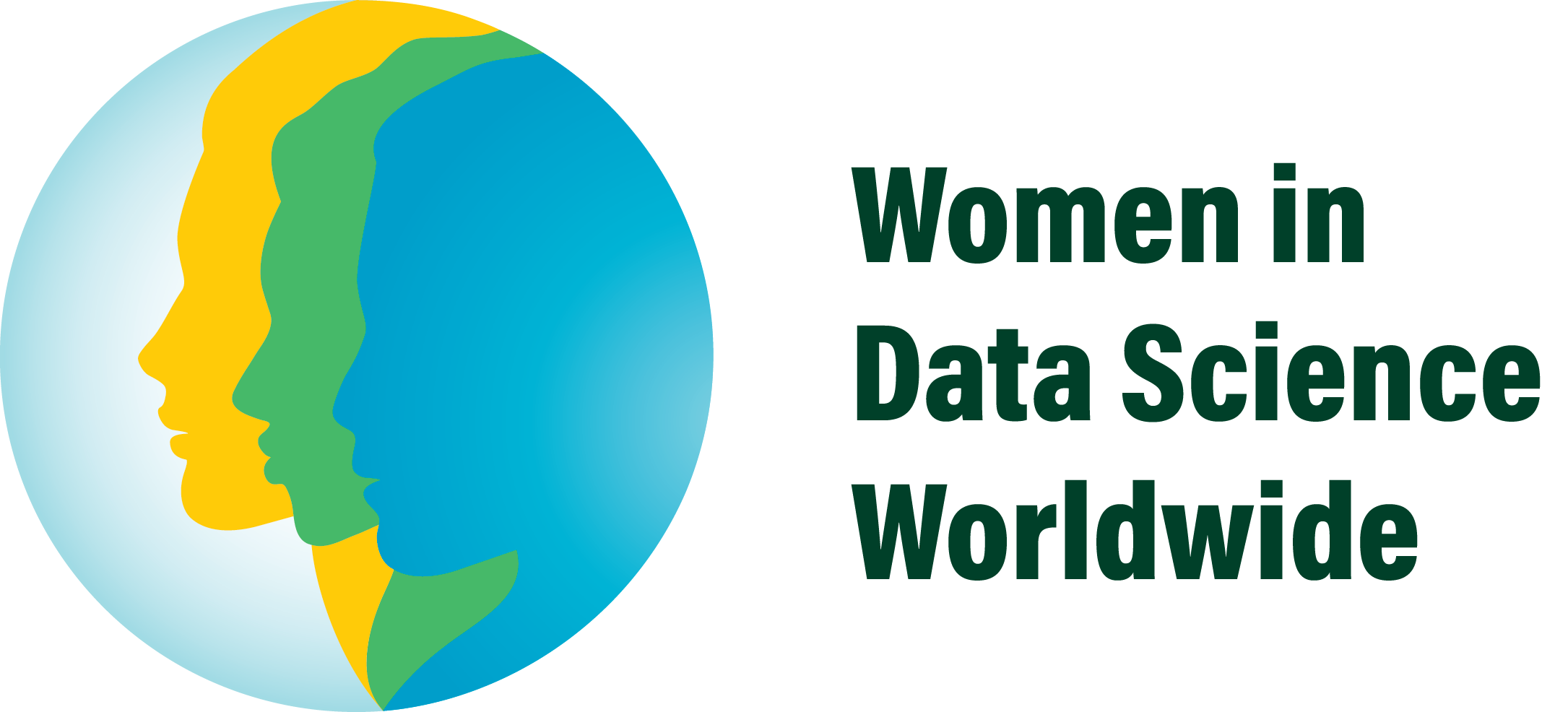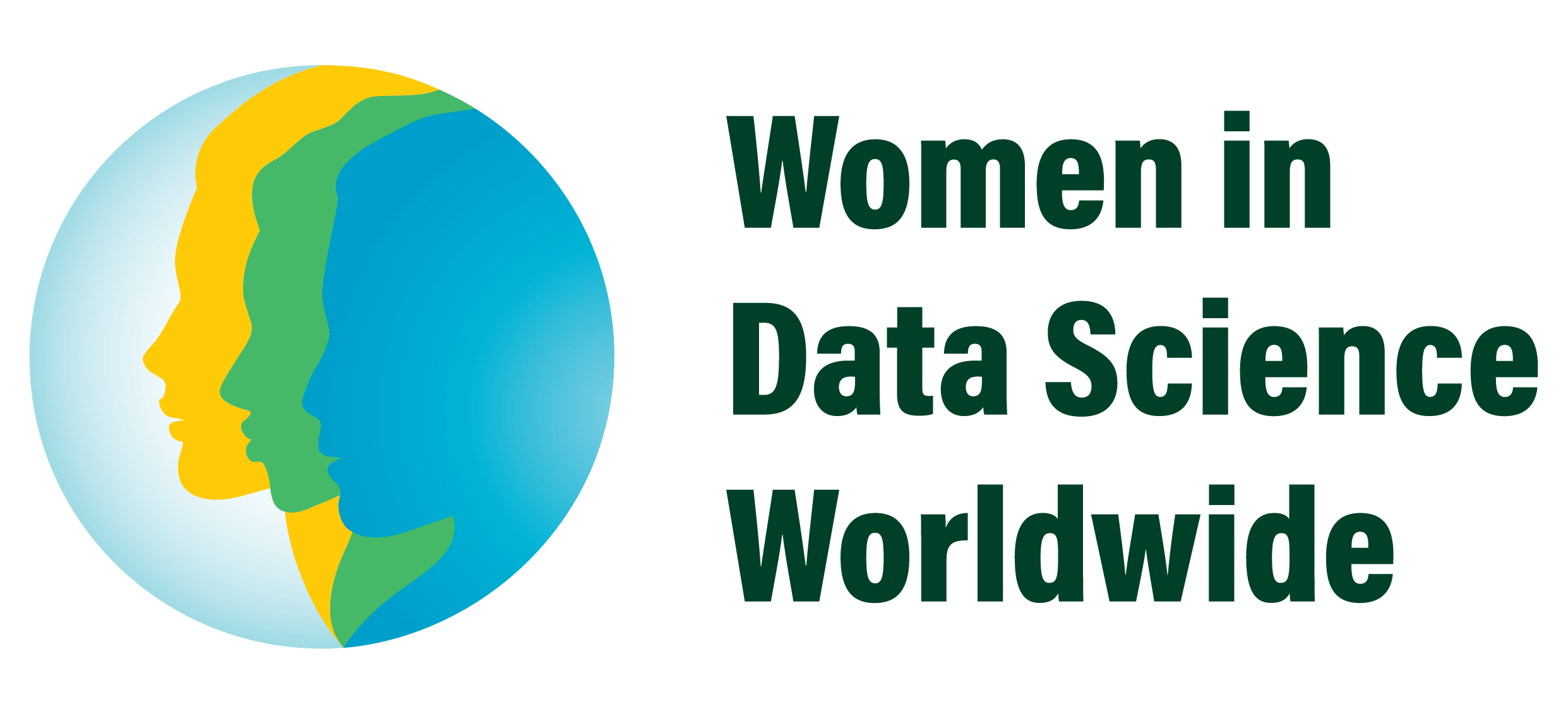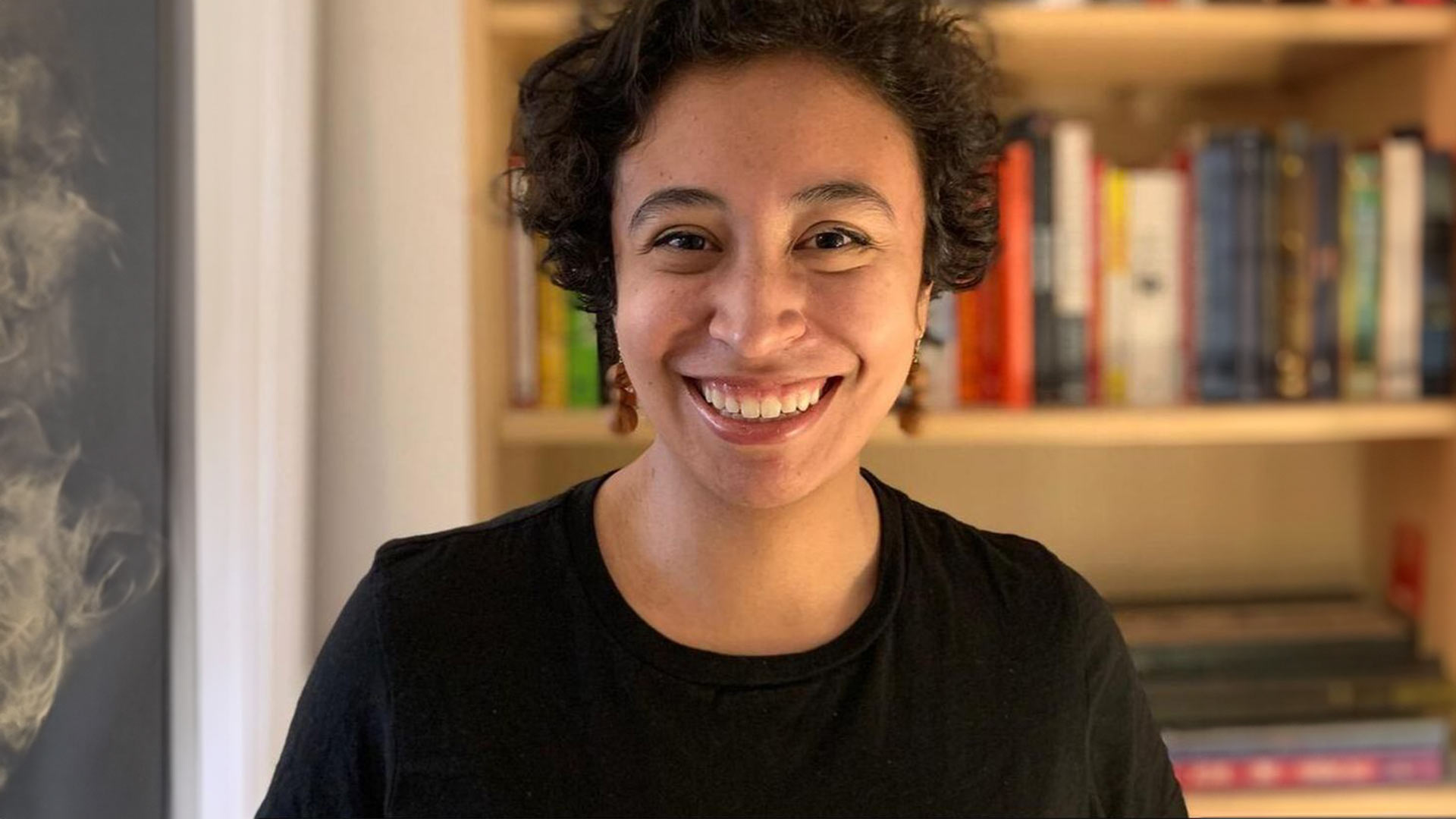Cindy Catherine Orozco Bohorquez started her PhD at Stanford’s Institute for Computational and Mathematical Engineering (ICME) the same year that WiDS launched its first conference. Her involvement with WiDS started as a shy volunteer and evolved to fulfilling her dream of becoming a speaker at global and regional WiDS conferences, a WiDS workshop instructor, and a member of a thriving community of women data scientists.
Tell us about your background.
I am originally from Bogotá, Colombia. Growing up, I was always very curious about solving math puzzles with my parents and my brother. I considered studying math or physics in college, but I didn´t know what a career in math could be except being a high school teacher. So, I decided to go for something that I was more familiar with and majored in civil engineering.
When I arrived at Universidad de los Andes, Colombia, I took calculus with some math majors, and I really enjoyed the way they thought about problems. I started to take math classes just for fun in parallel with civil engineering. I learned about numerical simulations that are used to predict the behavior of systems using a computer, without the cost of performing experiments in real life. I fell in love with numerical simulations because it combined the knowledge I got in math courses with the practical approach of civil engineering. And although I still didn’t know what career I could have in numerical simulation, I wanted to learn more about it.
I decided to do a master’s in Applied Mathematics (with a focus on numerical simulations) at King Abdullah University of Science and Technology (KAUST) in Saudi Arabia, where I was exposed to world-class research for the first time. I soon learned that numerical simulations are not just a niche topic but are actually fundamental in research and everyday problems in engineering and science. I also learned that there were so many more things in applied mathematics that were equally exciting, and I didn’t know anything about them. This is when I decided to do a PhD.
How did you get interested in data science?
I was accepted to do my PhD at Stanford’s Institute for Computational and Mathematical Engineering (ICME). And although numerical simulations were my passion at the time, I was open to learn about anything related to applied mathematics. One of the most surprising things for me when I arrived was how much interest there was in big data, machine learning and data science from industry and academia. I, and everyone else at the time, jumped into learning more about this new field and how to use the abilities and interests that we already had to work in this area.
During these years, I’ve learned about data science in multiple ways. I’ve worked on research to build bridges between traditional numerical simulations and today’s data constraints. I’ve also realized that working in data science is not just about creating and understanding the theory, but also using critical thinking to translate the needs of the final data users into problems that we can solve with math.
What are you currently working on?
During my PhD studies, I spent a lot of time working on multiple problems that seemed disconnected. It’s easy to get too focused on the math details and lose the big picture about how everything relates. An important part of wrapping up my PhD was to tell a coherent story, taking a step back and seeing the connections between all the problems that I worked on. My focus has been on how data challenges traditional numerical simulations either by being corrupted, high dimensional and non-linear. I work on three specific problems, by taking each of these features of the data, and exploring how we can improve the performance of traditional algorithms. As a result, I worked with high dimensional tensors, neural networks, and robust optimization.
How did you first discover WiDS?
The first WiDS Conference at Stanford was a couple of weeks after I started my PhD. I was amazed by the interesting work that women in academia and industry were doing. At the time, I didn’t feel very comfortable talking directly with companies or with researchers. However, given that WiDS was organized by ICME, I felt less intimidated to participate at the conference. Looking at the speakers, I dreamed about one day being on stage talking with the same passion I could see in them. It was a great way to have new role models at a time that I needed them when I was starting my PhD.
Have you been involved with WiDS since that first experience?
I started volunteering for WiDS because I could get access to the conference for free and see a bit more of how it was organized. Then, year after year, my responsibilities increased, until in 2020 (right before the COVID shutdown) I was responsible for moderating a lunch breakout about Deep Learning at the WiDS conference at Stanford. Then in 2021, I was one of the speakers at the WiDS Worldwide conference, where I talked about my research. It was like a dream come true.
I’ve met WiDS ambassadors in Latin America from Medellin and Bogotá (Colombia), La Paz (Bolivia), and Guayaquil (Ecuador). Since the WiDS regional events have been remote during this past year, I’ve been able to talk at multiple events in Latin America and discover the flourishing community of data scientists.
I’ve also been fortunate to participate in the new WiDS educational outreach program. I helped with the Spanish translation of the WiDS materials for the students. And during the last WiDS conference, I shared a quick introductory workshop into parallel computing.
How has WiDS made an impact on your life and/or work?
WiDS has impacted me in multiple ways:
- It has exposed me to state-of-the-art data science work in industry and academia in a welcoming environment.
- It has made me aware of why there is the need for a conference of women in data science. Before, I never had acknowledged the (conscious and unconscious) biases that exist around gender and underrepresented groups in STEM. With WiDS, I realized that even I had a lot of false preconceptions about women in STEM.
- It helped me to discover a community of data scientists back in my country and region with inspiring stories, realizing that we don’t need to be in a specific location (i.e., Bay Area) to do cool data science.
- I’ve become more interested in topics that affect everyday data scientists and how we can translate the results at the forefront of research to meet the needs of all data scientists.
What comes next for you? And what are your hopes for women in the data science in the future?
I will be working at a hardware company in the bay area where I will be focusing on the translation between client needs and mathematical problems. My hope for women in data science is that it continues growing as a community where everyone feels welcome, where the incentive is to learn together instead of competing to see who is the best. I am particularly excited to see the transformation of WiDS from a couple of annual conferences to a movement where everyone regardless of background can find interesting and enriching content, remarkable role models, and a community from all over the world.


